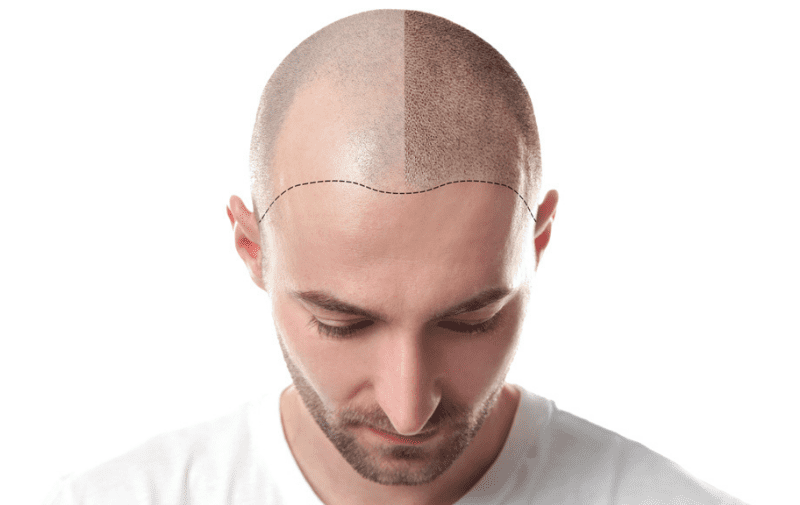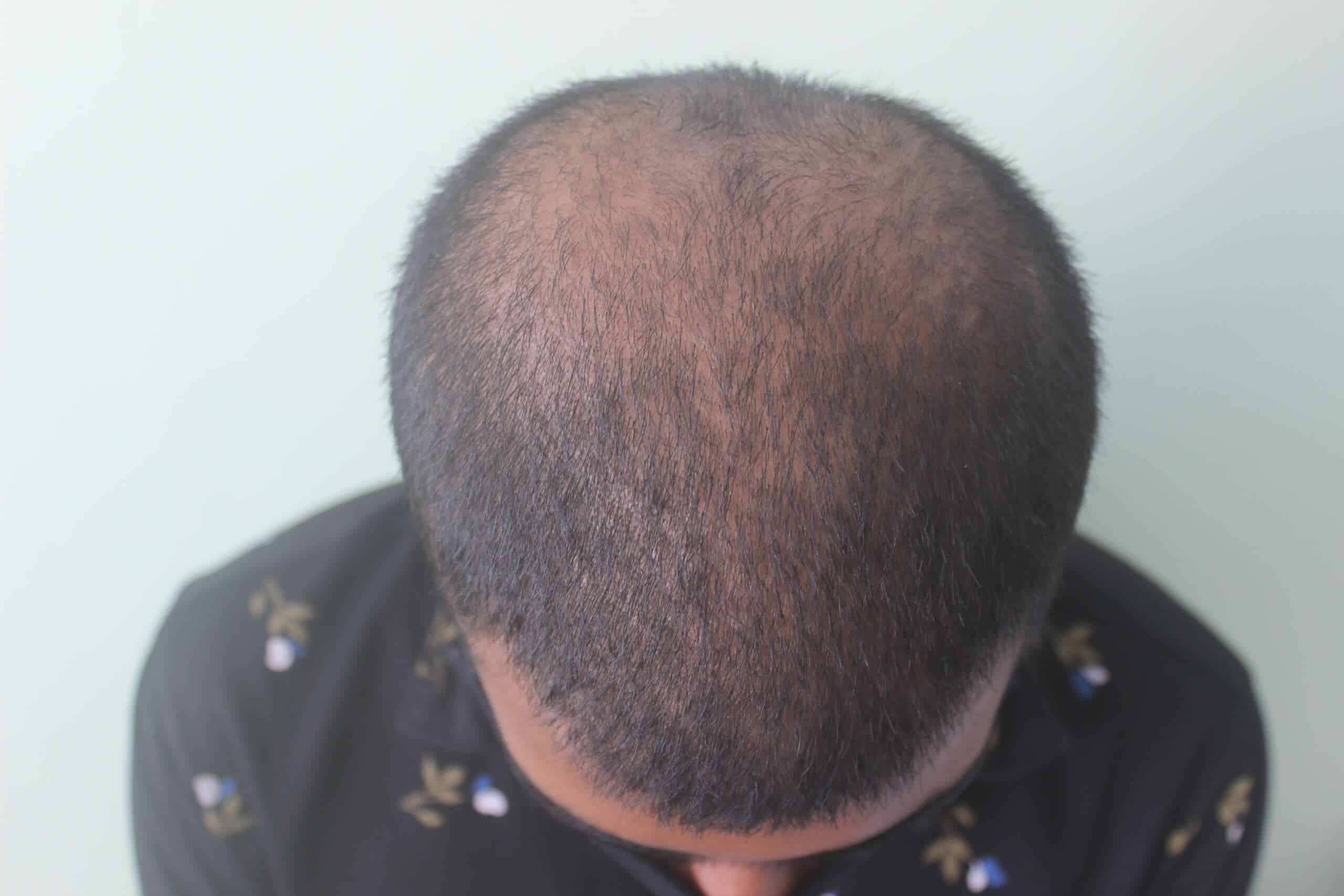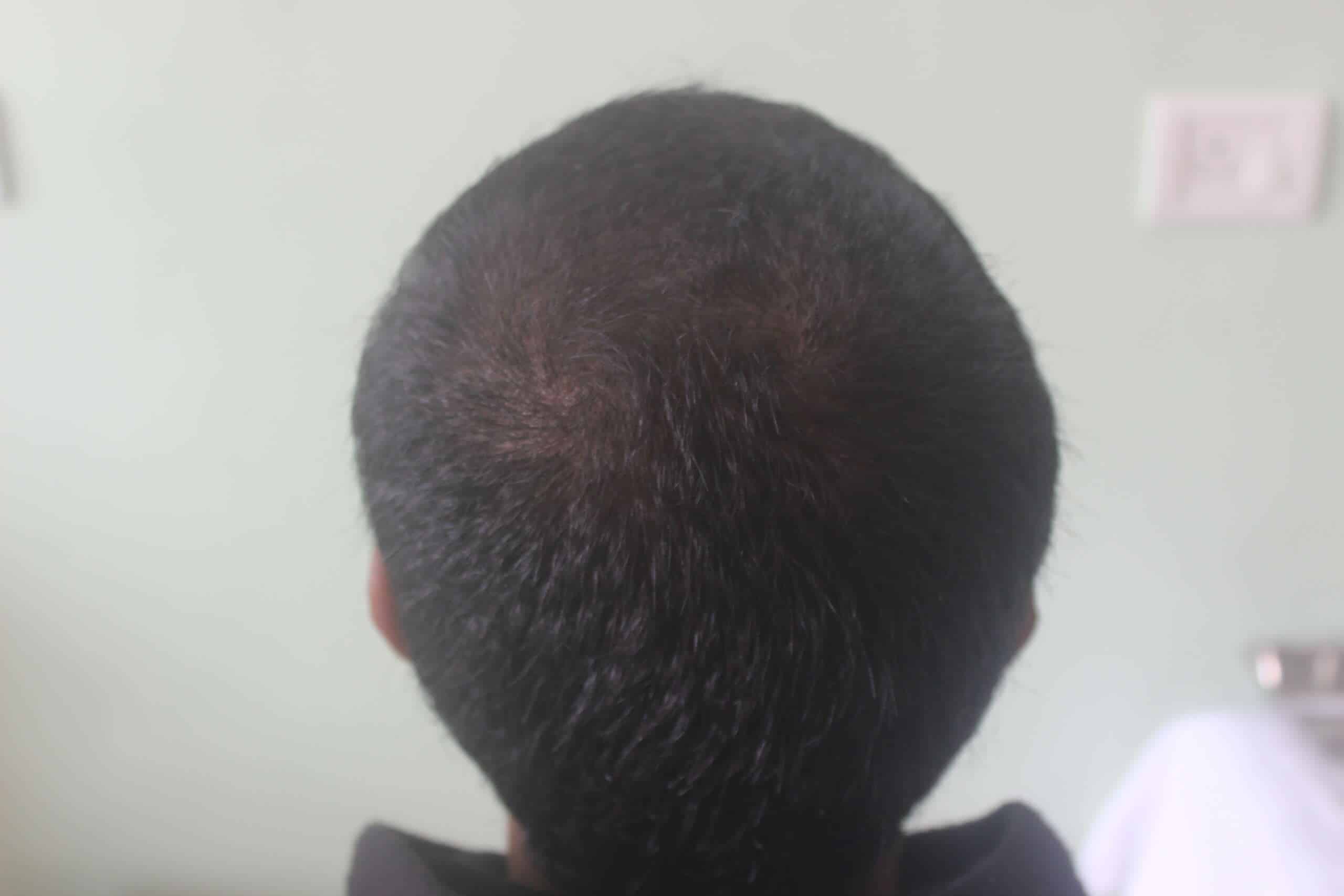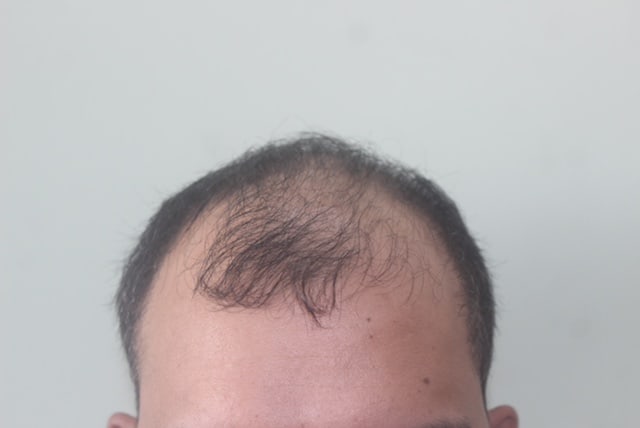Hair transplantation
What is a hair transplant?
A hair transplant is a procedure in which a plastic surgeon moves hair to a bald area of the head. The surgeon usually moves hair from the back or side of the head to the front or top of the head. Hair transplants typically occur in a medical office under local anesthesia. Pattern baldness is responsible for the majority of hair loss. This comes down to genetics. The remaining cases are due to a variety of factors, including:
• diet
• stress
• illness
• hormonal imbalance
• medications
Are there different types of hair transplants?
There are two types of transplant procedures: slit grafts and micrografts. Slit grafts contain 4 to 10 hairs per graft. Micrografts contain 1 to 2 hairs per graft, depending on the amount of coverage needed.
Who might benefit from a hair transplant?
Receiving a hair transplant can improve your appearance and self-confidence. Good candidates for a hair transplant include:
• men with male pattern baldness
• women with thinning hair
• anyone who has lost some hair from a burn or scalp injury Hair replacement isn’t a good option for:
• women with a widespread pattern of hair loss throughout the scalp
• people who don’t have enough “donor” hair sites from which to remove hair for transplant
• people who form keloid scars (thick, fibrous scars) after injury or surgery
• people whose hair loss is due to medication such as chemotherapy
Are there different types of hair transplants?
There are two types of transplant procedures: slit grafts and micrografts. Slit grafts contain 4 to 10 hairs per graft. Micrografts contain 1 to 2 hairs per graft, depending onthe amount of coverage needed.
Who might benefit from a hair transplant?
Receiving a hair transplant can improve your appearance and self-confidence. Good candidates for a hair transplant include:
• men with male pattern baldness
• women with thinning hair
• anyone who has lost some hair from a burn or scalp injury
Hair replacement isn’t a good option for:
• women with a widespread pattern of hair loss throughout the scalp
• people who don’t have enough “donor” hair sites from which to remove hair for transplant
• people who form keloid scars (thick, fibrous scars) after injury or surgery
• people whose hair loss is due to medication such as chemotherapy
What happens during a hair transplant?
After thoroughly cleaning your scalp, a surgeon uses a small needle to numb an area of your head with local anesthesia.
Two main techniques are used to obtain follicles for transplantation: FUT and FUE.
In follicular unit transplantation (FUT):
1. The surgeon will use a scalpel to cut out a strip of scalp skin from the back of the head. The incision is typically several inches long.
2. This is then closed with stitches.
3. The surgeon next separates the removed portion of scalp into small sections using a magnifying lens and sharp surgical knife. When implanted, these sections will help achieve natural-looking hair growth.
In follicular unit extraction (FUE) the hair follicles are cut out directly from the back of the head through hundreds to thousands of tiny punch incisions.
1. The surgeon makes tiny holes with a blade or needle in the area of your scalp that’s receiving the hair transplant. They gently place hairs in these holes.
2. During one treatment session, a surgeon may transplant hundreds or even thousands of hairs.
A hair transplant session can take four hours or more. Your stitches will be removed about 10 days after surgery.
You may require up to three or four sessions to achieve the full head of hair you desire. Sessions occur several months apart to allow each transplant to fully heal.
What happens after a hair transplant?
Your scalp may be sore, and you may need to take medications following hair transplant surgery, such as:
• pain medication
• antibiotics to reduce your risk of infection
• anti-inflammatory medications to keep swelling down
Most people can return to work several days after surgery.
It’s normal for the transplanted hair to fall out two to three weeks after the procedure. This makes way for new hair growth. Most people will see some amount of new hair growth 8 to 12 months after surgery.
Many doctors prescribe minoxidil (Rogaine) or the hair growth medication finasteride (Propecia) to improve hair regrowth. These medications also help slow or stop future hair loss.
What are the complications associated with a hair transplant?
Side effects from a hair transplant are usually minor and clear up within a few weeks. They can include:
• bleeding
• infection
• swelling of the scalp
• bruising around the eyes
• a crust that forms on the areas of the scalp where hair was removed or implanted
• numbness or lack of sensation on the treated areas of the scalp
• itching
• inflammation or infection of the hair follicles, which is known as folliculitis
• shock loss, or sudden but typically temporary loss of the transplanted hair
• unnatural-looking tufts of hair
What is the long-term outlook?
Typically, people who’ve had a hair transplant will continue to grow hair in the transplanted areas of the scalp.
The new hair may appear more or less dense depending on:
• scalp laxity, or how loose your scalp skin is
• density of follicles in the transplanted zone
• hair caliber or quality
• hair curl
If you don’t take medication (such as minoxidil or finasteride) or undergo a low level of laser therapy, you may continue to experience hair loss in nontreated areas of your scalp. It’s important to discuss the expected outcome with your surgeon and develop realistic expectations. For additional information on hair transplant and cost, kindly contact Dr. Peter Savio Da Cruz in the contact us section.








1 Comment
by Ellis
You could certainly see your expertise within the work you write.
The sector hopes for more passionate writers such as you
who aren’t afraid to say how they believe. All the time go after your
heart.